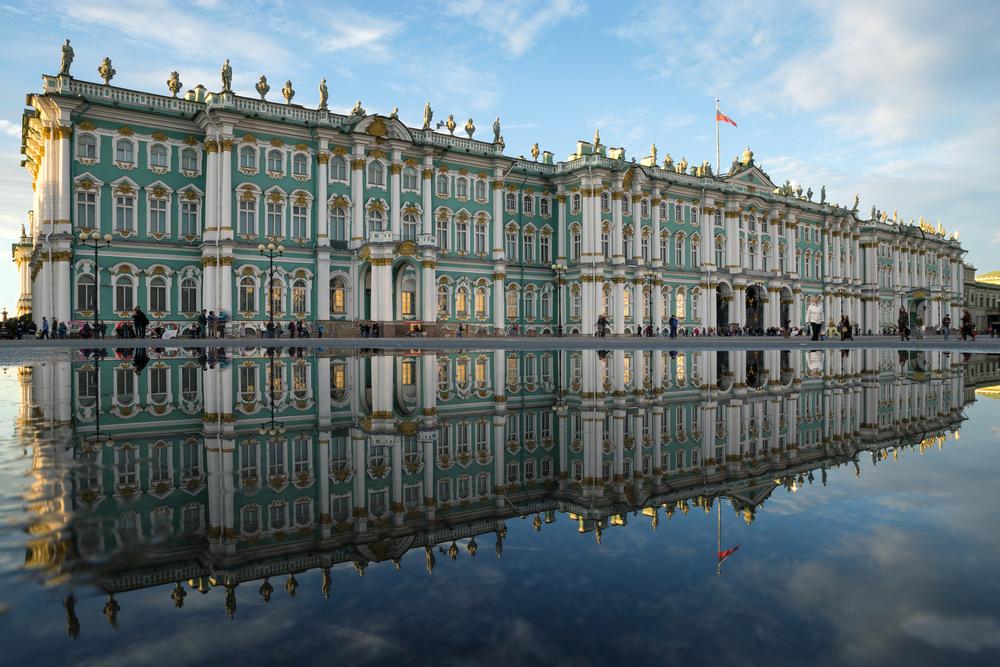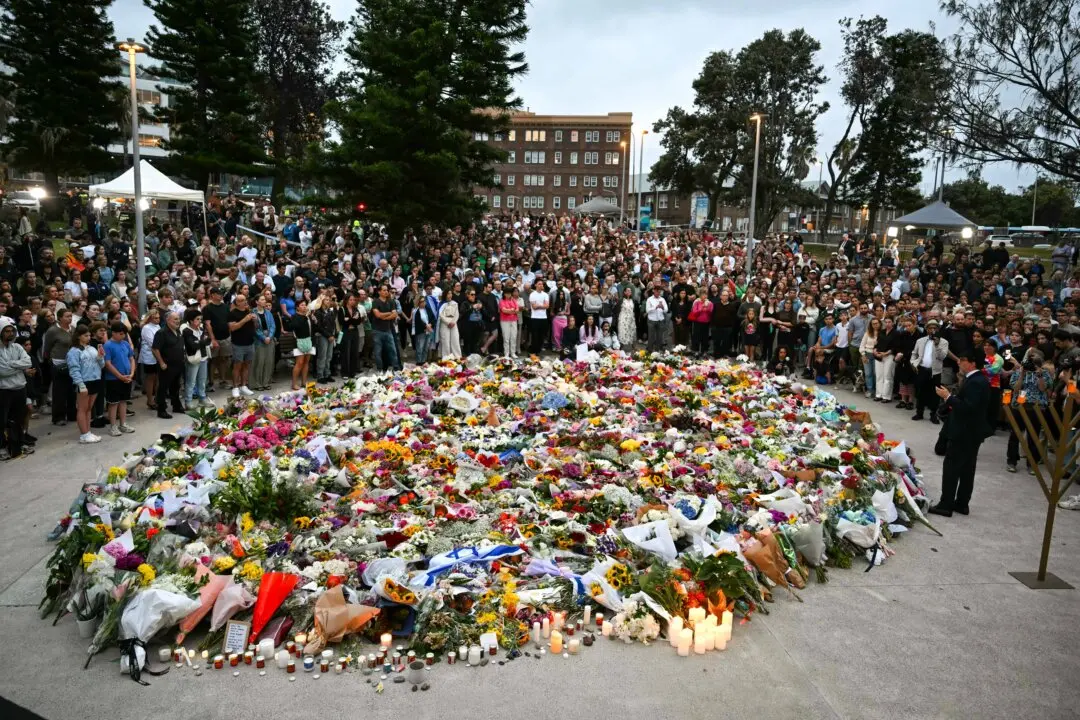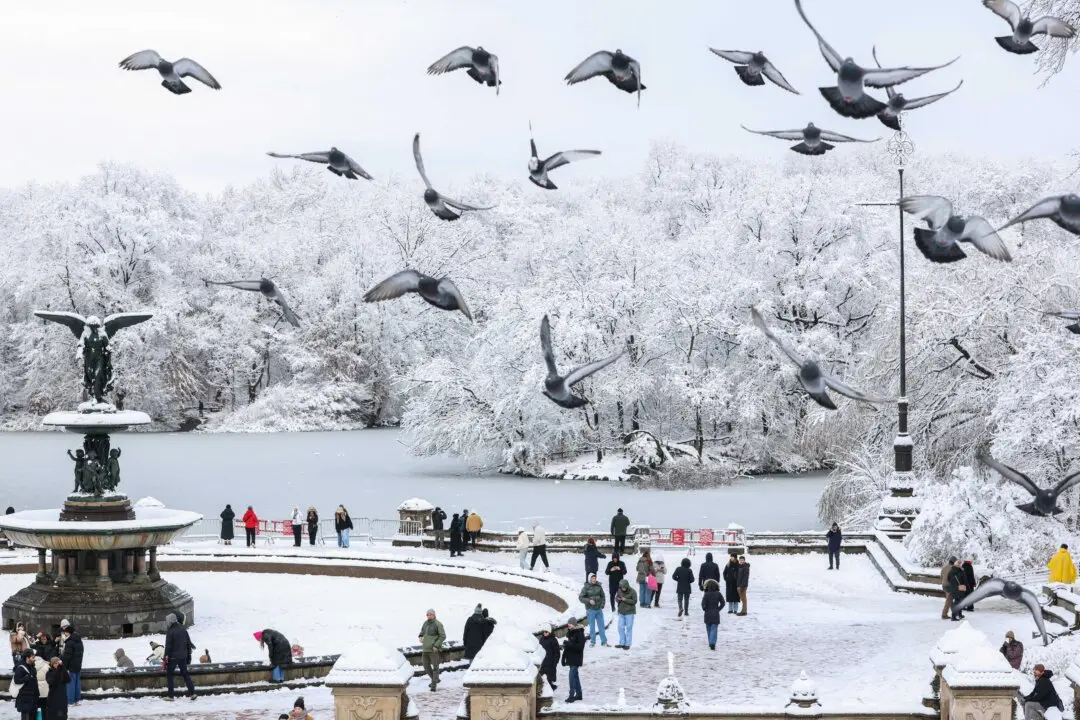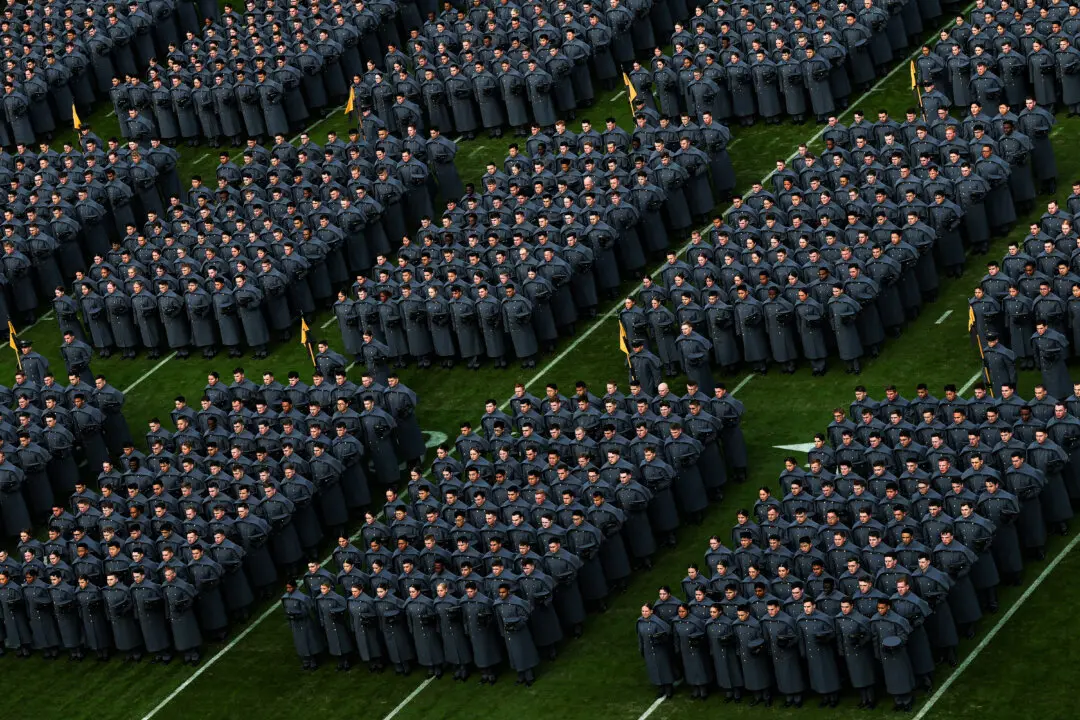Russia’s monumental pastel-green Winter Palace in St. Petersburg was once home to some of the country’s most notable emperors and empresses. The palace encompasses many types of art and architecture, including Baroque, Neoclassical, and Gothic styles, through to Rococo.
In 1754, Empress Elizabeth Petrovna commissioned Italian architect Bartolomeo Francesco Rastrelli to build a Baroque winter palace that would surpass the beauty of the best European palaces.






